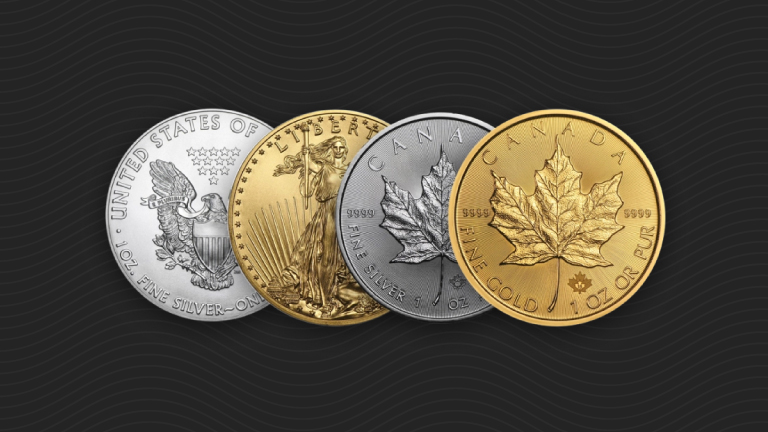
Global Gold Supply and Demand Dynamics
This post was submitted by Erik Oswald, SchiffGold Precious Metals Specialist. Any views expressed are his own and do not necessarily reflect the views of Peter Schiff or SchiffGold. In this article from Smaulgld, Louis Cammarosano examines the fundamental supply and demand figures for the gold market. Demand for physical gold has been increasing year […]






